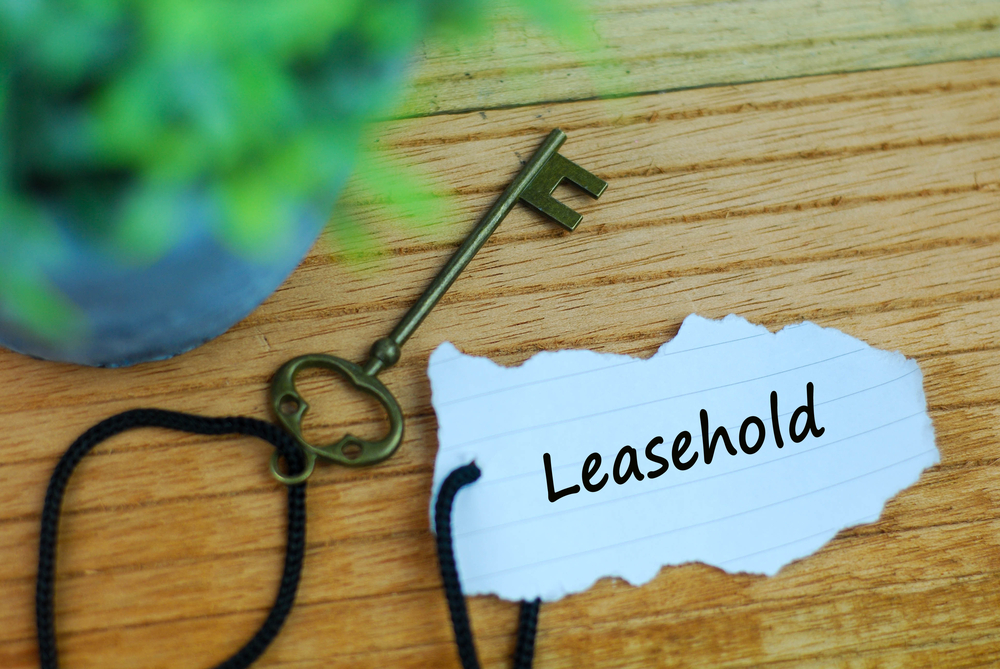 New research has found that millions of households aged over-45 will need to borrow in retirement to remain in their current home or to even meet daily living costs.
New research has found that millions of households aged over-45 will need to borrow in retirement to remain in their current home or to even meet daily living costs.
According to Aviva, 9% of homeowners aged over-45, equivalent to 1.2 million households, will have to borrow to stay in their current property.
The survey revealed that over one million expect they will to need to borrow in retirement to meet daily living costs, while 1.72 million expect they will need access to retirement lending to meet one-off expenses.
More than half (52%) of over-45 homeowners feel they could benefit from using their home as an extra source of retirement income. Significantly more 45 to 54 year-olds (69%) feel this way than over-75s (39%), pointing to a generational shift in attitudes.
At the same time, over-45s have other uses in mind for their housing wealth. More than half (56%) feel it will be needed to pay for care in later life while the same percentage (56%) feel their quality of life would benefit from using it to pay for home adaptations.
Furthermore, 61% see property wealth as a key part of their inheritance planning. But with younger generations facing a challenge to get on the property ladder themselves, another shift may be occurring: 54% of over-45 homeowners would prefer to give money while they are still alive to help a family member buy their first home, rather than leave a traditional inheritance. Just 34% say the opposite.
Clive Bolton, managing director of Retirement Solutions at Aviva UK Life, said: “Pension freedoms have resulted in new decisions for people to make about how they use their life savings, and these findings suggest we are also starting to see a shift in attitudes towards wider use of property to help fund retirement, as well as providing a place to live. Property assets more than match pension wealth for many older homeowners, so it is sensible to consider bricks and mortar among the options to supplement their savings.
“However, later life brings a host of financial challenges and pressure points, which suggest it would be wise not to place all retirement bets on the house. The equity build up in people’s homes sounds like a lot, but considering that many can be retired for 20 years or more and often want to help their families as well as themselves, it’s easy to overestimate how far that money will take them. People need to consider if there is enough house to go around and build this into their retirement plans alongside their other assets.
“As well as boosting day-to-day funds, people also earmark their property wealth to help pay for care, leave an inheritance and help younger generations onto the housing ladder. There are also widespread worries about paying off mortgages to address in later life, along with a general desire to avoid needing to move from the place they call home.”






